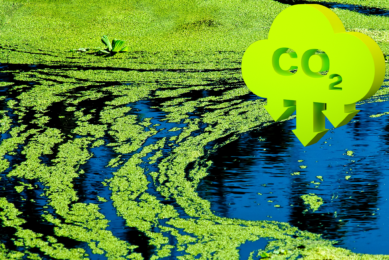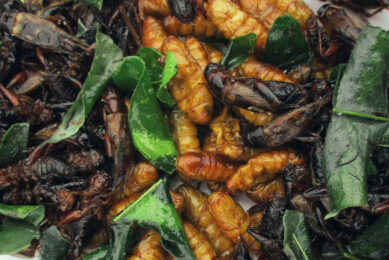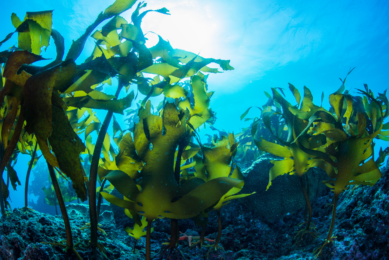Reef and beef symbiosis to reduce methane
A team of researchers at the James Cook University (JCU) in Australia believe algae might have a role in reducing methane production in livestock.
Sea plants, including algae and seaweeds, don’t need to carry nearly as much structural cellulose as land plants because they are supported by water.
That started JCU nutritionist Dr Tony Parker and marine scientist Professor Rocky de Nys thinking about the potential of sea plants as a low-methane fodder source—in particular the fast-growing “green tide” of algae that can be used to soak up excess nutrient in treatment of water used by aquaculture.
Some of these algae can grow at four times the rate of sugar cane on a dry matter basis.
Reef and beef
The researchers arrived at the possibility of a “reef and beef” solution: why not make better use of algae to mop up aquaculture effluent, and then feed them to cattle to reduce methane production?
Many aquaculture farms use seaweeds and algae to clean their ponds of the waste from fish and crustaceans.
Effluent water contains nutrients such as nitrogen and phosphorous, which in excess are partly responsible for the breakdown of aquatic ecosystems in the Inner Great Barrier Reef.
These are also the nutrients that the “green tide” of algae thrive on, Professor de Nys said.
“At present, however, there is little incentive provided to farmers to use this bioremediation method as it means they will often be left with a huge algal biomass that they don’t know what to do with and which has little to no financial value.”
But Dr Parker believes that marine algae may offer another protein source for cattle, especially in winter when feed is scarce.
“These algae are about 20 per cent protein, and carry a lot of other vitamins and minerals, including salt,” he said. “We’ve dried out some algae, and the cattle we’ve got came up and hooked straight into it, so it seems they like it.”
Cattle producers might learn to love algae, too, if they cut the methane emissions of the cattle, and thus their potential emissions bill under carbon trading.
Research grant
New research is sponsored by a AUS$7,000 “Collaboration Across Boundaries” grant, which will enable them to study two species of ‘green tide algae’ (Cladophora coelothrix and Chaetomorpha indicia).
These types are identified as the best for bioremediation of pond effluent due to their hardiness, fast growth and efficient nutrient uptake.
A herd of tropically-adapted Bos indicus heifers will be split into six groups and, over 28 days, fed a basic diet of tropical forage hay.
Each group will also be fed a different amount of dried green tide algae to establish the amount of seagrass that maintains a healthy, productive weight and milk yield, while reducing methane output.
The researchers hope for a positive outcome. They believe that given an incentive to sell their seaweed to beef producers, more aquaculture farmers and perhaps agricultural farmers will adopt environmentally-friendly algal bioremediation methods to clean their water.
Source: The Land











